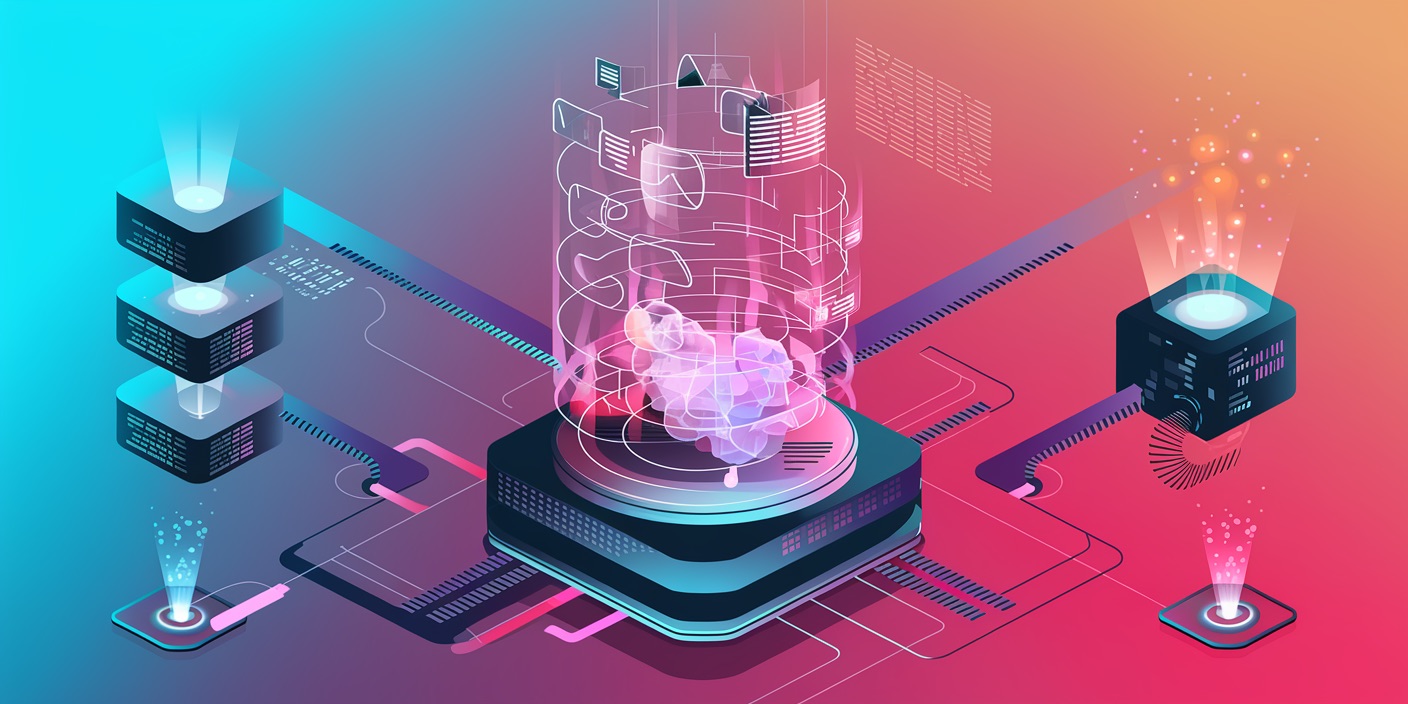This is the promise of Large Concept Models (LCMs), Meta’s latest innovation in AI. It’s a leap that challenges the foundational principles of Large Language Models (LLMs), heralding a shift from predicting words to understanding concepts.
From Autocomplete to Abstract Thinking
At their core, current AI models like GPT or LLaMA are glorified autocomplete engines. They predict the next word in a sequence using a process called tokenization, which breaks text into small chunks (tokens). This approach, while powerful, comes with limitations:
-
Superficial Understanding: These models don’t truly “understand” language. They rely on patterns, not meaning.
-
Awkward Limitations: Simple questions, like “How many R’s are in ‘strawberry’?” can trip them up because they see “strawberry” as one indivisible token.
Think of it like trying to write a novel by guessing each word one at a time. Sure, you might produce something coherent, but it’s hardly the best way to tell a story.
LCMs change this paradigm.
What Are Large Concept Models?
LCMs flip the script by focusing on ideas, not individual words. Imagine translating a novel into its core themes and then recreating it in any language or style. This is the essence of LCMs:
-
Concept Encoder: Breaks down language into universal ideas, much like summarizing a story into bullet points.
-
Concept Processor: Works with these abstract ideas, making connections and planning responses.
-
Concept Decoder: Translates processed ideas back into coherent language.
The Power of Thinking in Ideas
Let’s simplify this with a metaphor:
-
LLMs are like playing a piano note by note, hoping the tune comes together.
-
LCMs are like composing a symphony—starting with the melody, layering harmonies, and adding details for a masterpiece.
This hierarchical approach mirrors how humans think. When preparing a presentation, we don’t script every word; we outline the key ideas. Similarly, when writing an essay, we first plan the structure and then add details.
LCMs bring this human-like process to AI.
Why This Matters
1. Better Reasoning and Planning
Today’s LLMs can solve complex math problems but stumble on basic reasoning, like comparing numbers. This is because they process language in isolated chunks. LCMs, by contrast, work with interconnected ideas, enabling deeper reasoning and planning.
2. Universal Language Understanding
Imagine an AI that thinks in symbols anyone can understand, regardless of language. LCMs use a “universal idea language,” allowing seamless translation of thoughts across languages and cultures.
3. Efficiency and Precision
By focusing on concepts rather than tokens, LCMs avoid the quirks of tokenization. They’re more efficient, less prone to repetition, and better at following instructions.
A Peek Into the Future
Meta’s LCMs build on their previous research, including the SONAR embedding space and their 7B parameter diffusion-based LCM, which was trained on over 2.7 trillion tokens. This innovative architecture supports 200 languages and multiple modalities, including text and speech. It also demonstrates unparalleled zero-shot generalization capabilities—performing well on tasks and languages it has never encountered before.
What’s especially fascinating is the modularity of LCMs. Unlike traditional LLMs, they separate reasoning (concept processing) from language generation (concept decoding). This not only allows for easier fine-tuning but also paves the way for adaptable models that can integrate new languages and modalities seamlessly.
A Critical Consideration: The Power and Potential of LCMs
The Meta paper on LCMs highlights a significant breakthrough—LCMs can operate on a higher semantic level, processing abstract ideas rather than being constrained by tokenized text. This approach offers several benefits:
-
Scalability: By modeling reasoning independently of language, LCMs can scale across diverse languages and modalities without additional training data.
-
Robustness: They overcome the brittleness of tokenization, handling nuanced reasoning tasks better than LLMs.
-
Energy Efficiency: Operating on compressed representations, LCMs significantly reduce computational overhead compared to token-based models.
However, challenges remain. For instance, the choice of embedding space (like SONAR) affects performance, and long, complex sentences can stretch current architectures. Future research could explore more dynamic embeddings and hierarchical structures for even better performance.
What’s Next?
The move from LLMs to LCMs is more than a technical advancement. It’s a reimagining of how AI can think, reason, and interact with the world. This is a step toward building systems that truly understand, rather than just predict.
As these ideas take shape, they’ll challenge us to rethink not only AI’s capabilities but also how we integrate it into society responsibly. LCMs offer a glimpse of what’s possible when machines think beyond words.
See: https://open.substack.com/pub/vizuara/p/large-concept-models-language-modeling
